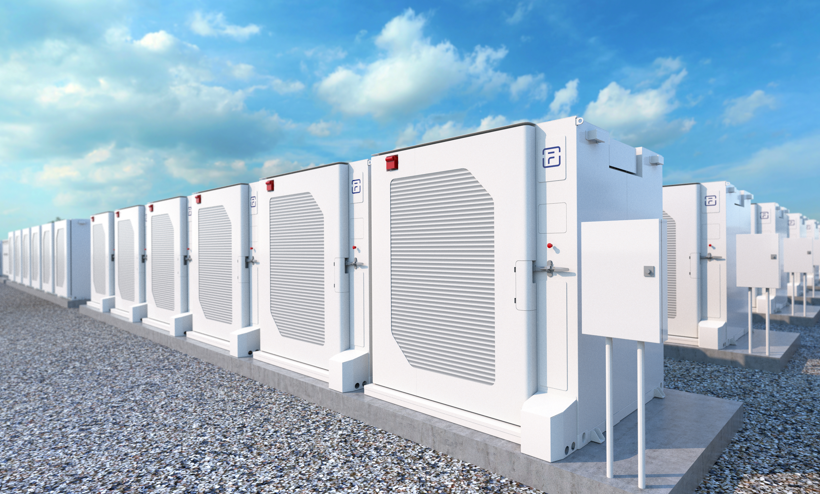Rollout of big batteries set to accelerate across the NEM
November 16, 2022

Grid-scale battery storage is a key technology that will help enable the transition to clean energy. The Hornsdale Power Reserve in South Australia was the first big battery to be built in Australia’s National Electricity Market (NEM) in late 2017. Since then, 15 other large-scale batteries have registered to participate in the NEM, bringing the total rated power to almost 800 MW.
As more coal exits the grid and is replaced by variable renewables, there will be an increasingly important role for firming technologies, such as batteries. These technologies can help ensure the grid remains stable and that the supply and demand for electricity are in precise balance at all times. However, batteries are not just a technical curiosity. They offer the potential for big returns for investors.
Given the technical and economic potential of battery storage, it is unsurprising that there are already more than 140 big battery projects at various stages of development across the NEM. It has been a huge month for battery storage, with several of these projects progressing the “committed” (i.e. most advanced) stage. This includes:
– Macquarie Generation’s 50 MW/50 MWh Broken Hill Battery in NSW.
– Edify Energy’s 25 MW/50 MWh Darlington Point Energy Storage System in NSW.
– Edify Energy’s 60 MW/120 MWh Riverina 1 and 65 MW/130 MWh Riverina 2 Energy Storage Systems in NSW.
– Vena Energy’s 51 MW/84 MWh Tailem Bend Battery Project in SA.
– Engie’s 200 MW/150 MWh Hazelwood Battery in VIC.
The Energy Synapse Platform lets you track the progress of every project under development. Once it is operational, you can assess the financial performance and their exact strategies in energy and FCAS markets.
Revenue outlook for big batteries
The fundamentals that underpin the business case for batteries are very strong. Key trends in the energy market are summarised below:
– Most coal capacity will exit the NEM by the mid 2030s under AEMO’s Step Change scenario (which is widely considered to be the most likely). Coal-fired power stations tend bid at low and mid levels in the generator bid stack. When these power stations exit the market, there will be a greater gap in the bid stack between cheap renewables and peaker plants (such as gas and hydro). This will open up intraday spreads in wholesale energy prices and hence create strong arbitrage opportunities for storage.
– Frequency control ancillary services (FCAS) have to date provided the majority of market revenue for big batteries. However, there has been a persistent view from some consultants that the opportunities in these markets will quickly disappear because they are shallow and hence sensitive to new entry. While FCAS markets are considerably more shallow than the energy market, our view at Energy Synapse has always been quite bullish. While we do expect this revenue stream to have ups and downs over the next 10-15 years, our modelling shows that FCAS is likely to be a significant contributor to the battery value stack. Reasons for this include:
– Growth of variable renewables, and especially large-scale solar, is likely to drive higher requirements for regulation FCAS.
– Remaining coal fleet is likely to become increasingly unreliable, thereby increasing contingency events.
– Big batteries (particularly those with advanced inverters) can offer a wide range of grid services to help keep the electric system stable. More of these services are starting to be monetised, which will create additional revenue streams for big batteries. For example, there is already a commitment to create competitive markets for fast frequency response (FFR). We may see the monetisation of other services in the future such as inertia and system strength.
The age of battery storage is well and truly upon us.
Author: Marija Petkovic, Founder & Managing Director of Energy Synapse
Follow Marija on LinkedIn | Twitter